In an ever-more connected world, finding somewhere that still feels ‘off the beaten track’ is a bit like finding that pot at the end of the rainbow.
So when I heard about the Hà Giang loop – a 300-mile motorbike journey through the mountains of northern Vietnam that promised untouched landscapes of soaring limestone karsts and kaleidoscopic canyons – my ears pricked up. I booked a flight, and joined a group tour with a local operator.
Located close to the Chinese border and around 180 miles from Hanoi, between plunging slopes and sheer-drop mountain passes, this hairpin-dotted loop – first built in the 1960s to connect rural villagers to the city of Hà Giang – was almost completely unknown to tourists until recently. Then ‘Easy Rider’ drivers (motorbike drivers who take others on the back as a passenger) began offering tours to intrepid types keen to take in its mystical landscapes.
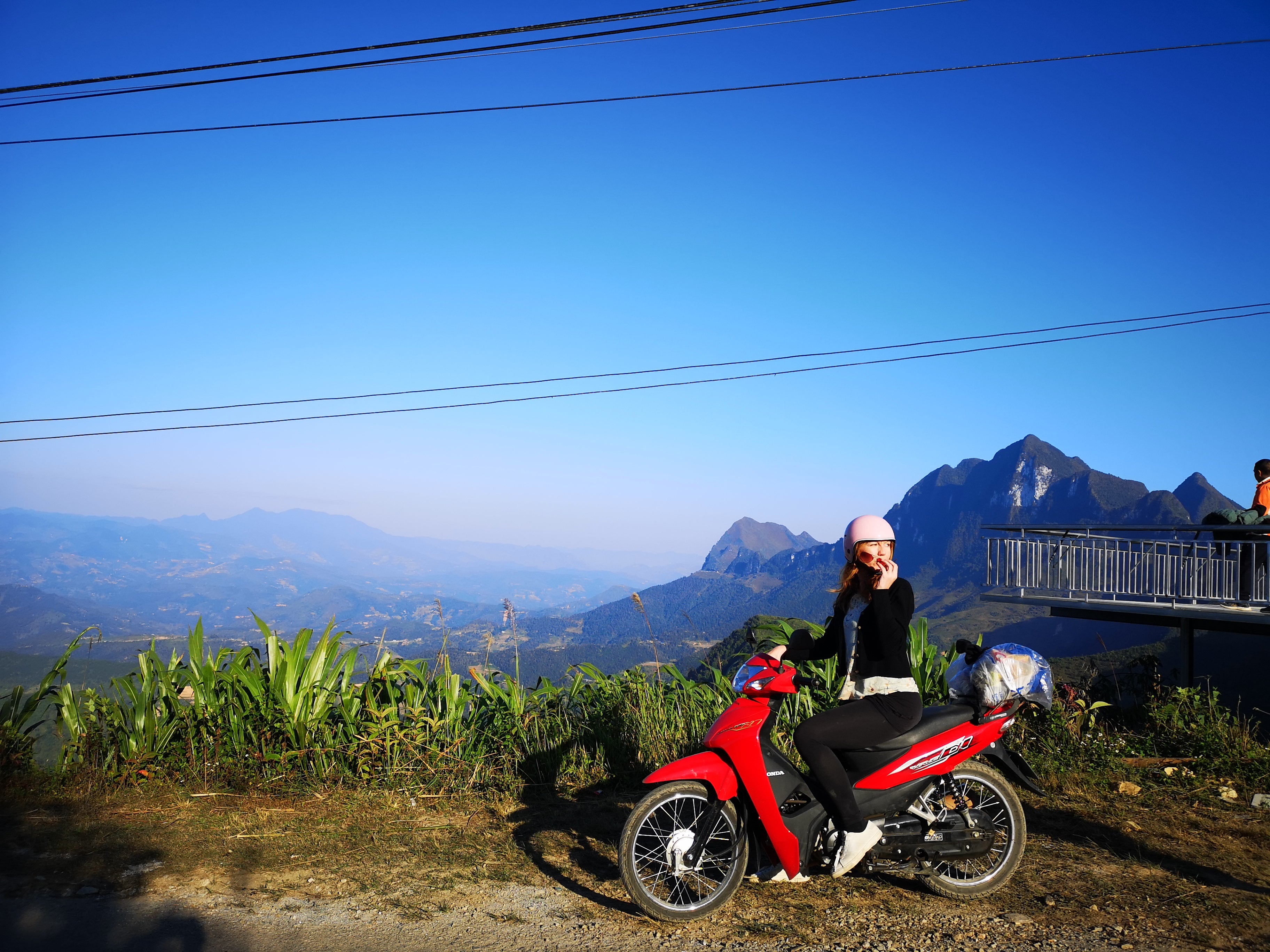
Read more: The best Vietnam holiday destinations
Having heard of the perils, I considered getting a driver – then threw caution to the wind and decided to drive myself, motivated by the sheer love of unadulterated, breeze-in-the-hair freedom (and possibly a bit of ego).
As we set off on the first morning, bleary-eyed after a seven-hour sleeper bus from Hanoi, our guide David warned us we’d be driving “some of the most dangerous roads in Vietnam”. But fuelled by a vague confidence that navigating the pot-holed roads of southeast Asia had given me over the years, I stuck with it.
It was certainly intense. The first day was a fairly leisurely drive. From the city of Hà Giang, we followed a wide, smooth highway, traversing an emerald rainforest as a sea of hump-shaped hills rose in the distance. Then we began ascending into the clouds, pine-carpeted mountains piercing through the cold, biting mist.
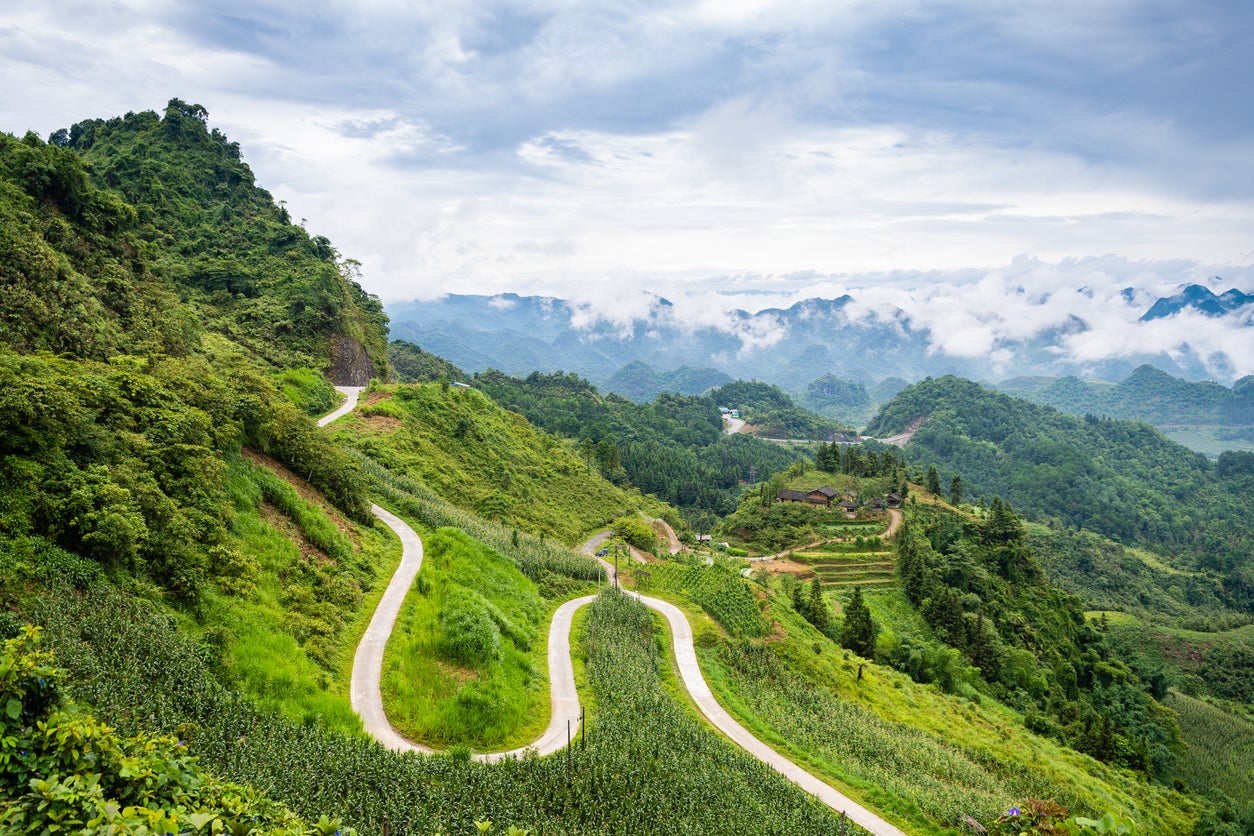
Read more: Swap Phuket’s crowds for these Thailand islands
Along the way, we passed colourfully dressed members of the H’mong hill tribe, the largest of more than 40 ethnic groups in the Hà Giang province, and tiny remote villages where children waved as we rode by. Locals sped by on mopeds, carrying everything from live chickens to (at one point) an entire pig.
High on adrenaline, I got complacent and assumed the following three days would be plain sailing; I was mistaken. On day two, it got harder; our first stretch was the Tham Ma Pass, a steep, S-shaped road that snakes its way through the greenery like a sneaky boa constrictor. From a viewpoint above, I watched as other bikers slalomed up the hill, akin to a trail of ants working their way round a Scalextric track.
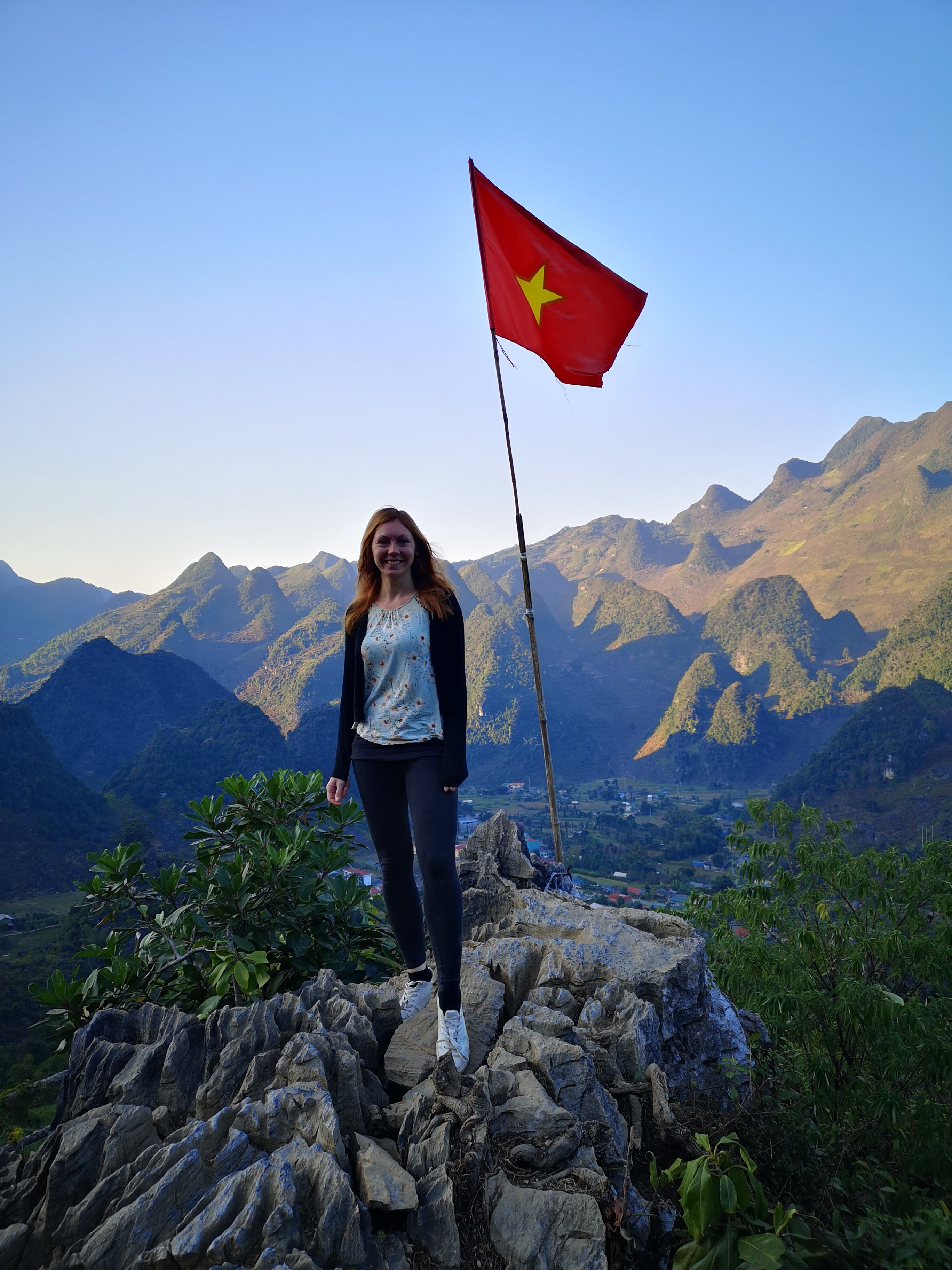
Then it got more challenging still – the roads were narrow and dotted with surprise potholes, trucks would occasionally appear from behind a blind bend, and several of the passes were covered in slippery gravel. Sheer-drop edges often plunged several hundred metres down the mountainside, with only small barriers for safety. On one occasion, I saw a car overtaking a car that was already overtaking another car.
Even if you’re travelling as a passenger, it takes a bit of nerve – but the rewards are spectacular, with mountains rising around in colossal, tree-covered pyramids, black volcanic boulders scattering the landscape and rice paddies carved into the slopes in majestic, lush-green swirls (the region is part of the Dong Van Karst Plateau, a Unesco-listed geopark).
Those landscapes came to a climax later that day at the Ma Pi Leng Pass, a scenic artery etched into the mountains at an altitude of 1,500m, said to be the jewel in the Hà Giang crown. Here, towering karsts rise up like giant incisor teeth, silhouetted against a backdrop of billowing slopes. At the bottom, the Nho Que River carves its way through the canyon, glowing in a trail of luminescent blue, as palm-roof houses cluster near the banks, scattered like pieces on a Monopoly board.
Read more: These are the 7 best beaches in Cambodia
The following days were just as memorable. On day three, we rode down into the Tu San Canyon, the deepest of its kind in southeast Asia. We drifted along the river on a boat, camel-hued cliffs towering up on either side, water shimmering a kaleidoscope of jade and gold beneath the sun.
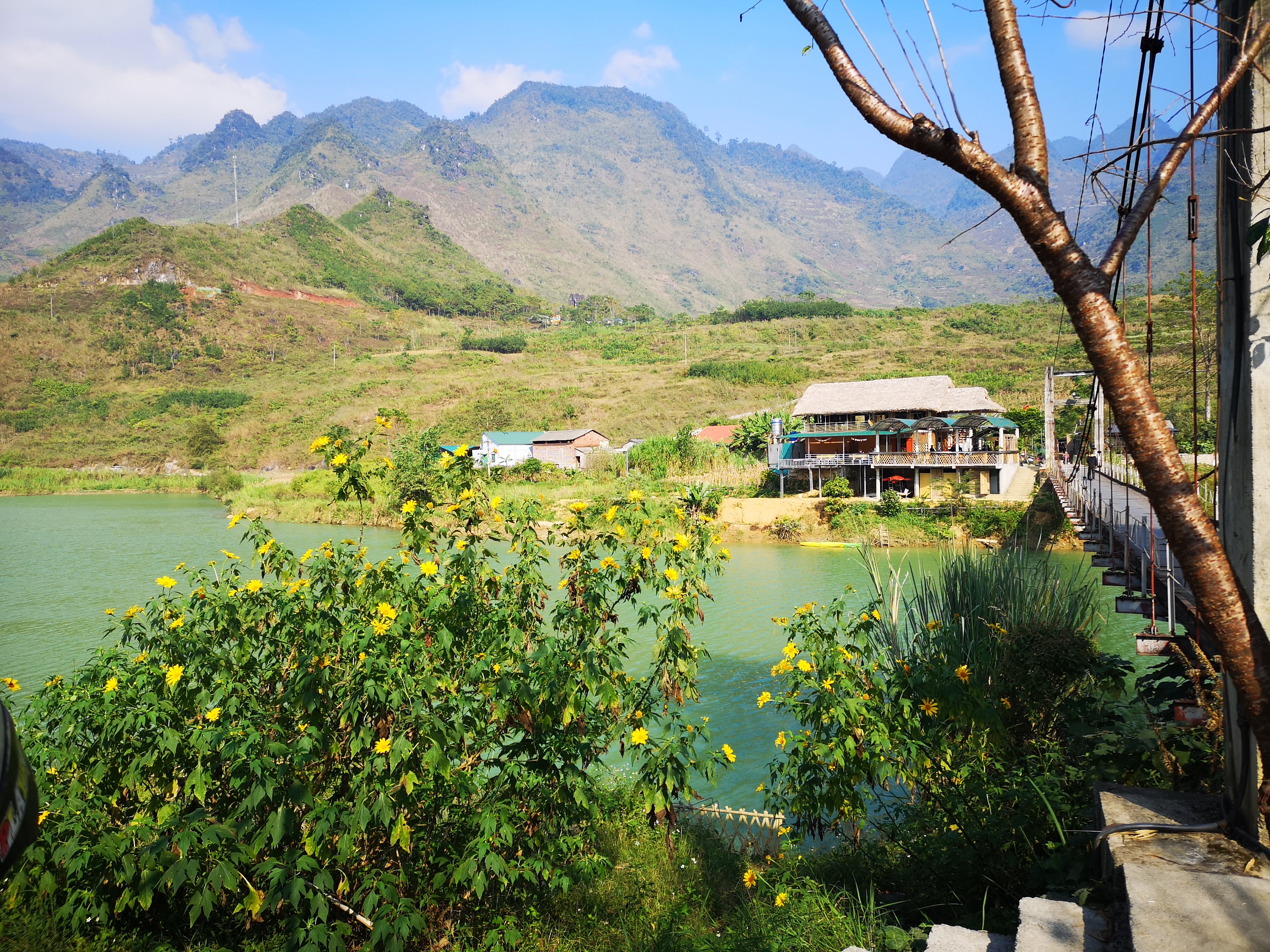
On day four, we ambled leisurely through a verdant valley, surrounded by terraced farmland and glowing-green rice paddies, before stopping to swim at an impressive waterfall. At the immense Lung Khuy Cave, we ducked between huge stalactites and stalagmites, jutting up like glittering castle turrets, and on a visit to the Lo Lo Chai Village, we learnt about the traditions and beliefs of the Lo Lo ethnic group.
We had many of these sites to ourselves, and I quickly fell into the routine. Each evening, we’d stay at simple guesthouses, tucking into local dishes. Guides would offer us shots of ‘happy water’ rice wine, chanting “môt, hai, ba, dzô” (the Vietnamese equivalent of cheers) with military intensity. Then we’d play games of Da Cau, Vietnam’s national sport, kicking a feather-topped shuttlecock between the group.
Some sections of the route were busier than others; Hà Giang has started to earn itself a name among adventurous backpackers, so you might see other groups in some spots – but there’s still a sense of intrepidness here, and it was really the sense of total liberation that had me so captivated.
Read more: Storm watching should be on every adrenaline junkie’s bucket list
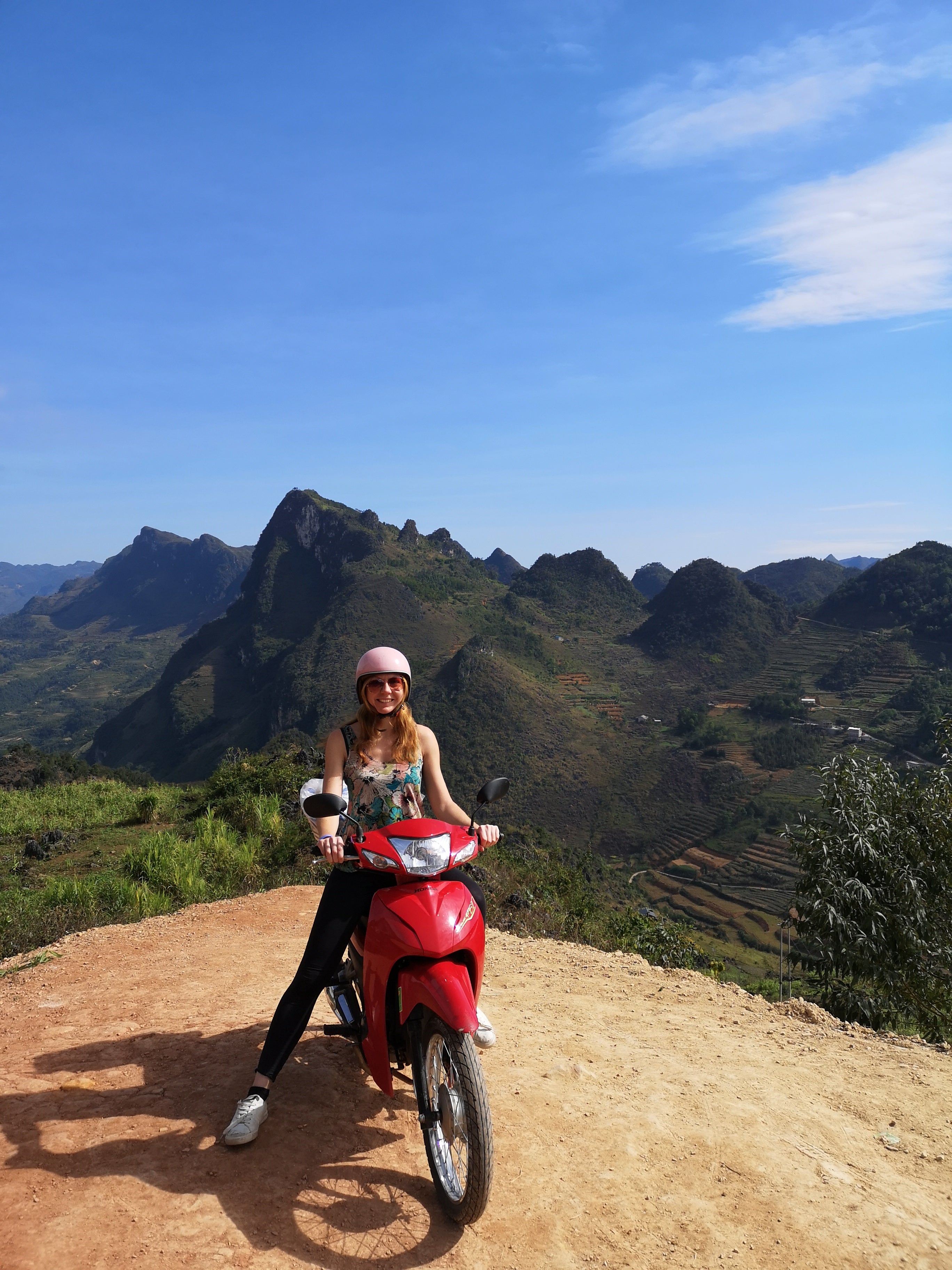
Gliding care-free for hours on end, fresh mountain air invigorating my soul and landscapes unfurling in some of the most dramatic forms I’ve seen, had me feeling truly alive and present. And when I eventually made it back to our starting point, I had a tear in my eye – emotions stirred from a mix of relief at having completed it, and sadness at leaving this still-authentic part of the world behind.
It’s no understatement to say it was one of the most memorable experiences of all my travels. And while taking on the loop even as a passenger might not be for the faint-hearted, it’s an exhilarating way to see a relatively undiscovered part of Vietnam, where traditions are still upheld and mainstream tourism hasn’t yet reached. If you’re after the adventure of a lifetime, this could be it.
How to do it
If you’re driving the Hà Giang loop yourself, you’ll need an international motorbike license. You can ride the loop without a guide – there are guesthouses dotted along the route – but given the nature of the roads, going it alone is best reserved for the very experienced.
Guided tours are available with various local operators and guesthouses in Hà Giang – these usually offer both self-driving and ‘Easy Rider’ options with an experienced driver. Jasmine Tours offers three- and four-day options for those aged 18-35s with shared or private accommodation, but it’s worth noting their group sizes are quite big. For smaller groups, Viator and Get Your Guide have several options, including private tours. Most offer transfers from Hanoi, around a five-hour drive away, as well as Sapa and other key spots.
Read more: Why you need to take the slow boat from Thailand to Laos

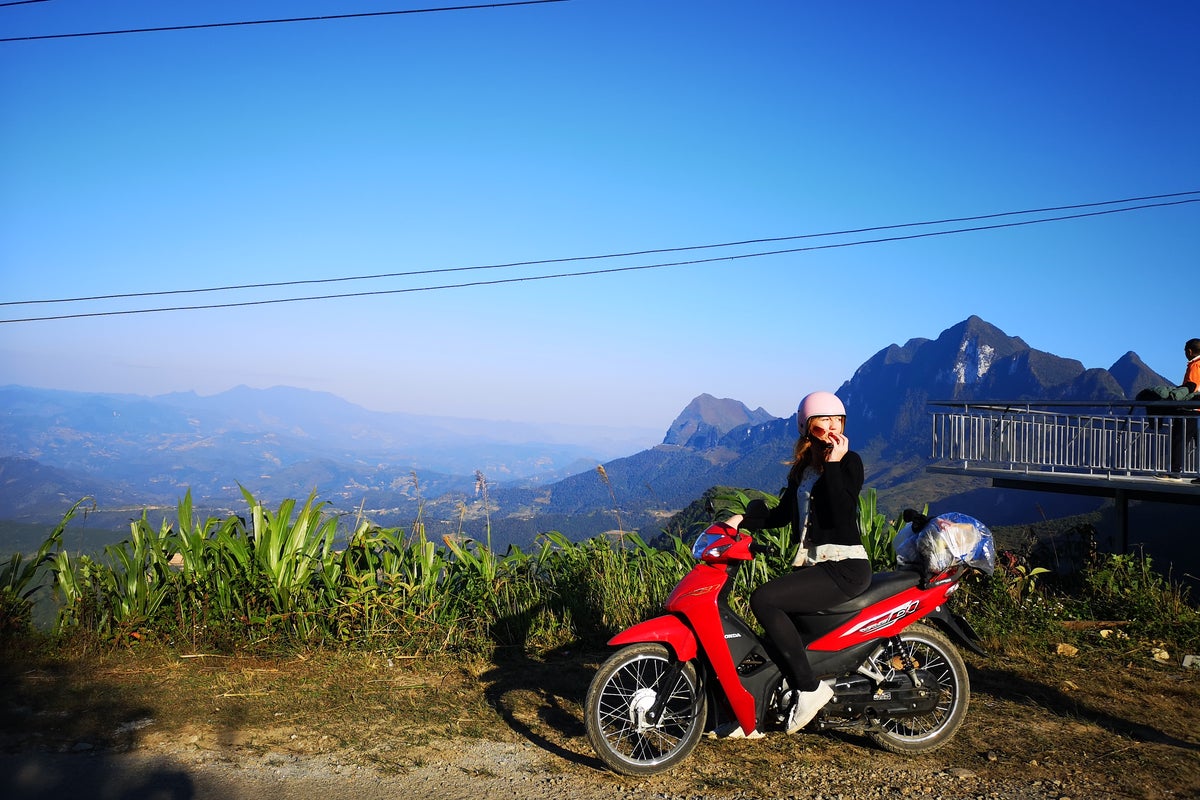



Leave a Comment